Time Periods
Paleolithic
Mesolithic
Neolithic
Chalcolithic
Bronze Age
Iron Age
Classical Period
Post-Classical Period
Early Modern Period
Industrial Period
Contemporary Period
Time Periods
Paleolithic
Mesolithic
Neolithic
Chalcolithic
Bronze Age
Iron Age
Classical Period
Post-Classical Period
Early Modern Period
Industrial Period
Contemporary Period
Location
About
The Malapa fossil site, located in the Cradle of Humankind World Heritage Site in South Africa, is a significant archaeological discovery providing insight into early human ancestors. The site is home to one of the most complete assemblages of early hominid fossils, dating back approximately 1.977 million years ago. These fossils, preserved in calcified clastic sediments, include partial skeletons of a juvenile and an adult female, which were identified as a new species, Australopithecus sediba. The site also contains remains of extinct animals, such as a sabre-toothed cat and antelopes, indicating a rich biodiversity during that period. The Malapa site contributes crucial data on the transition between Australopithecus africanus and Homo habilis or Homo erectus, offering valuable insights into our evolutionary history.
Gallery
Explore photographs of ancient structures, artifacts, and archaeological excavations at Malapa Fossil Site, Cradle of Humankind
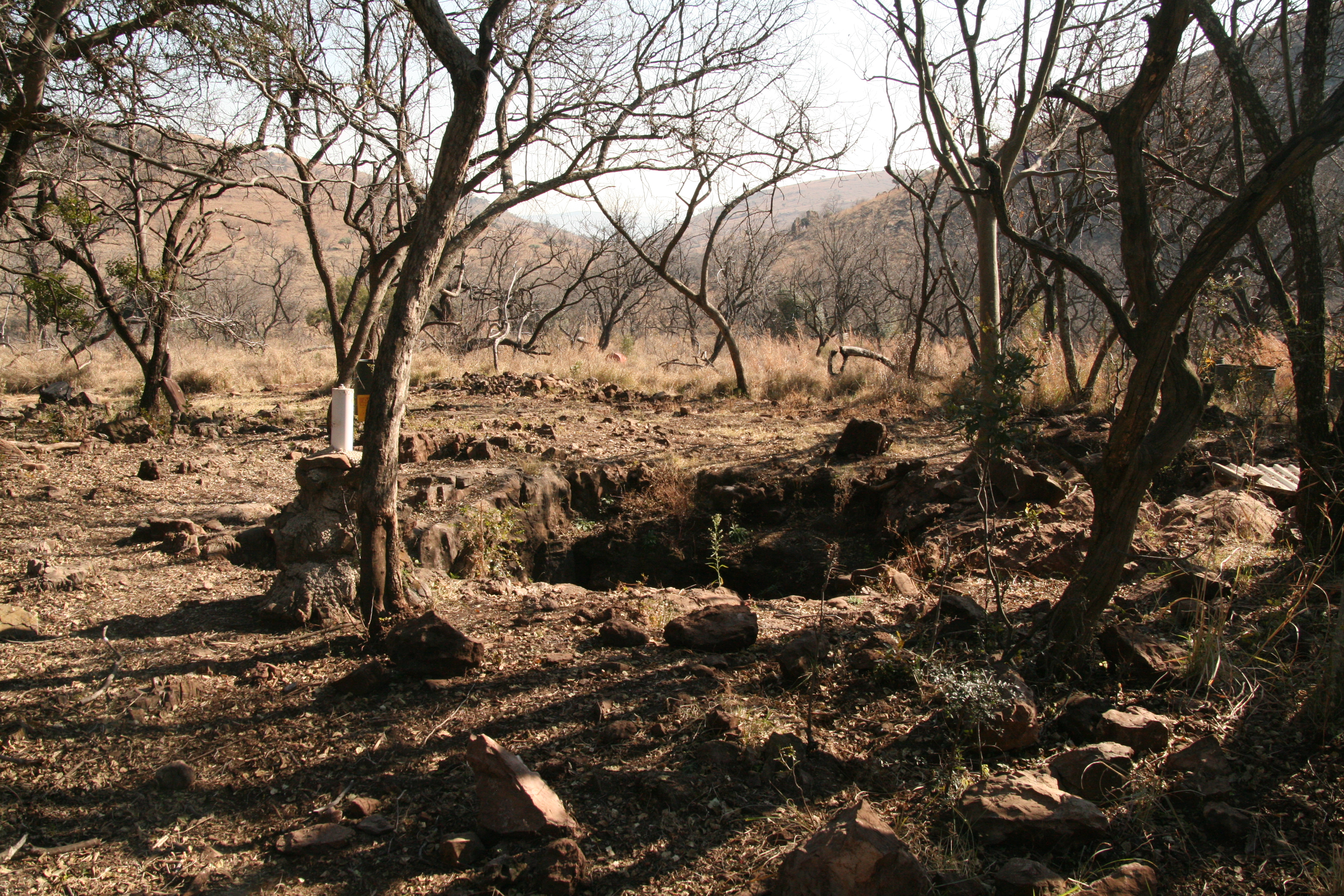
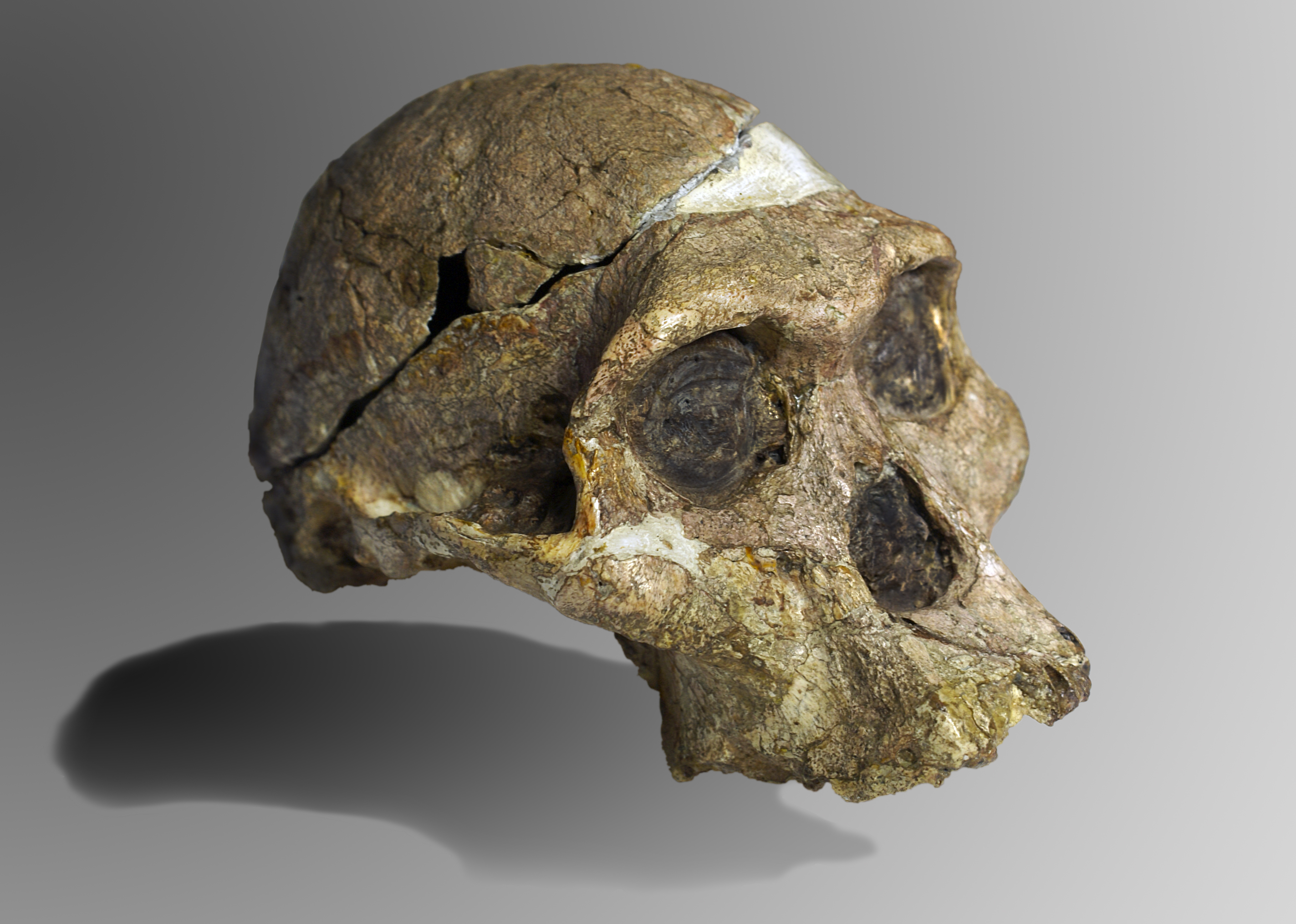
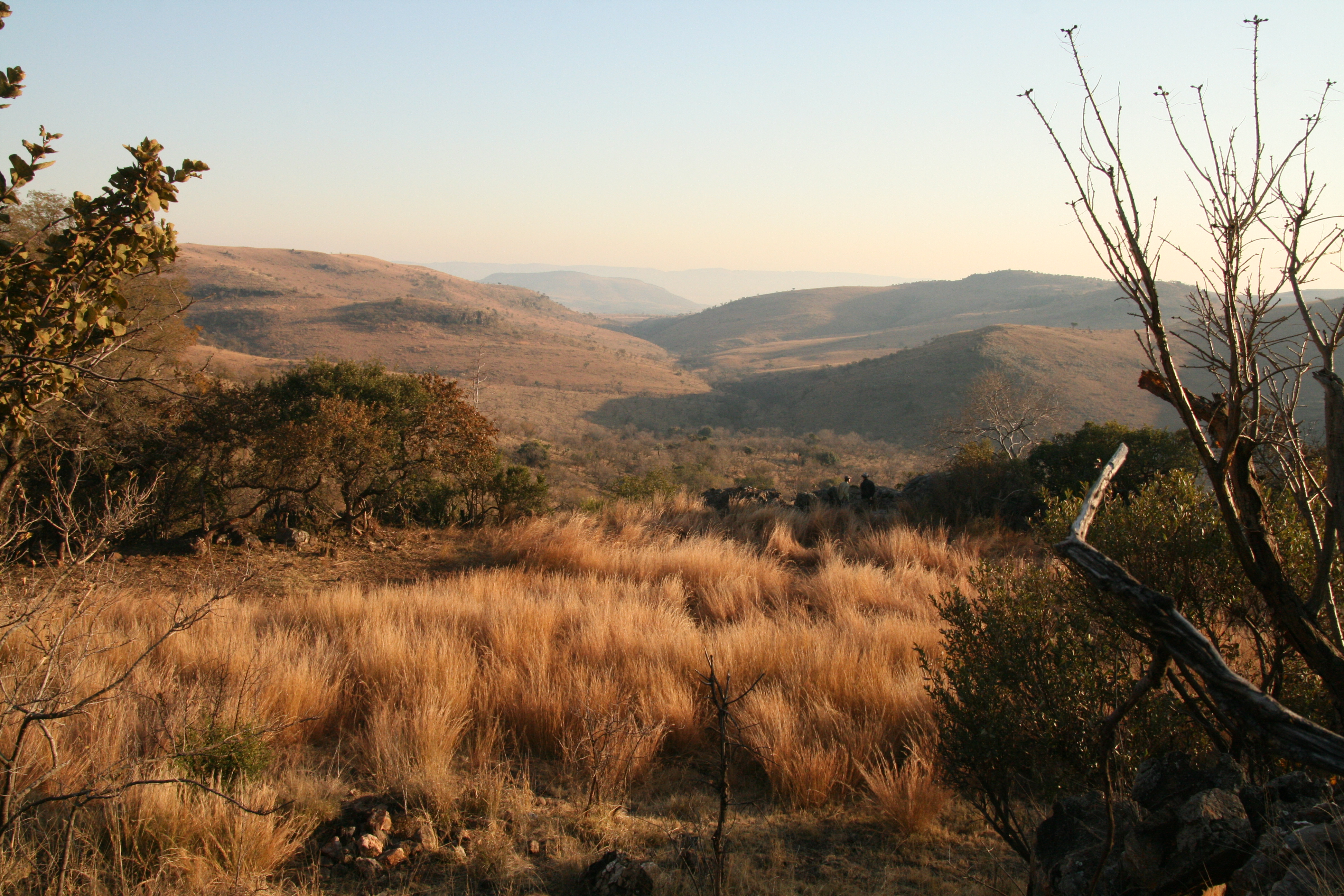
Archaeological Features
Explore the unique architectural and cultural elements found at this historical site
Domestic and Habitation Structures
Environmental and Natural Features
Historical Timeline
Journey through time and discover key events in this site's archaeological history
Plan Your Visit
Details
- Country
- South Africa
- Source
- Wikipedia
More Sites in South Africa

Swartkrans
Fossil-rich cave in South Africa.
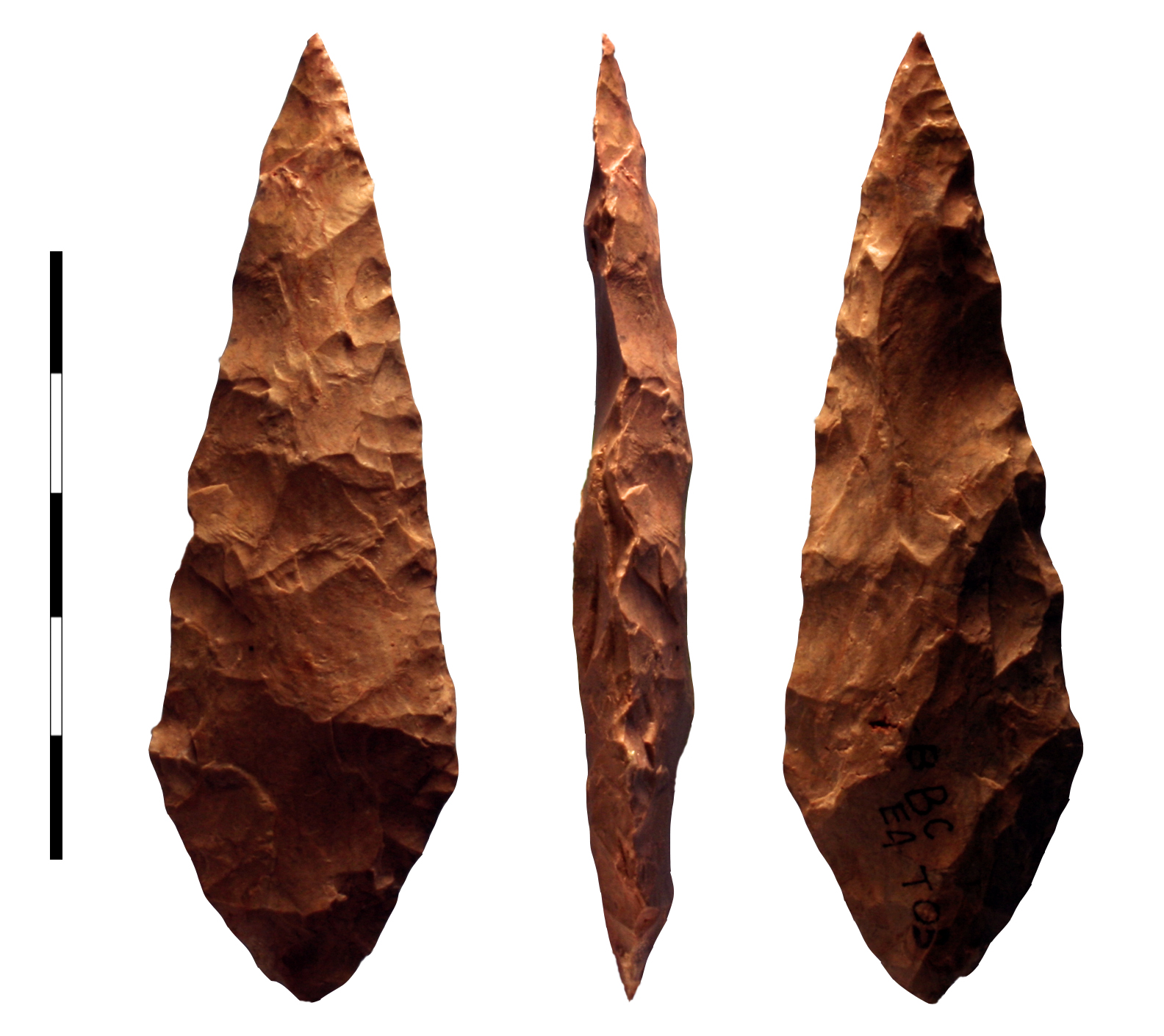
Stadsaal Caves
Sandstone caves with San rock art.
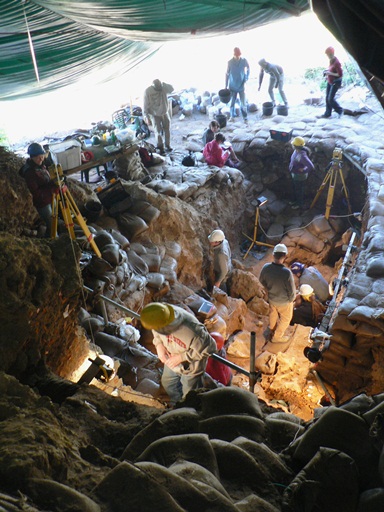
Pinnacle Point
Middle Stone Age caves with symbolic behavior evidence
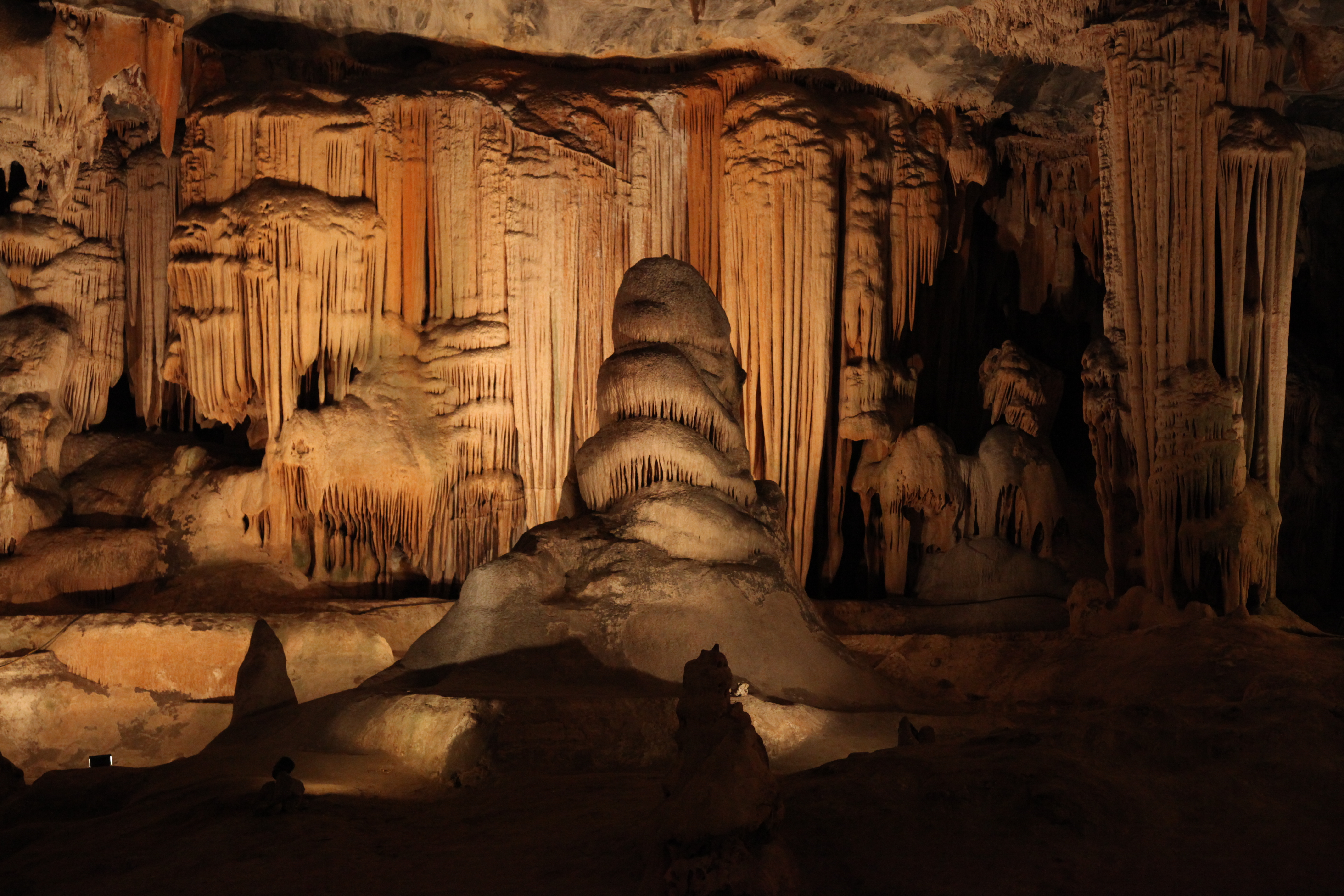
Cango Caves
Extensive limestone cave system with artifacts.

Stilbaai Tidal Fish Traps
Ancient intertidal stonewall fish traps
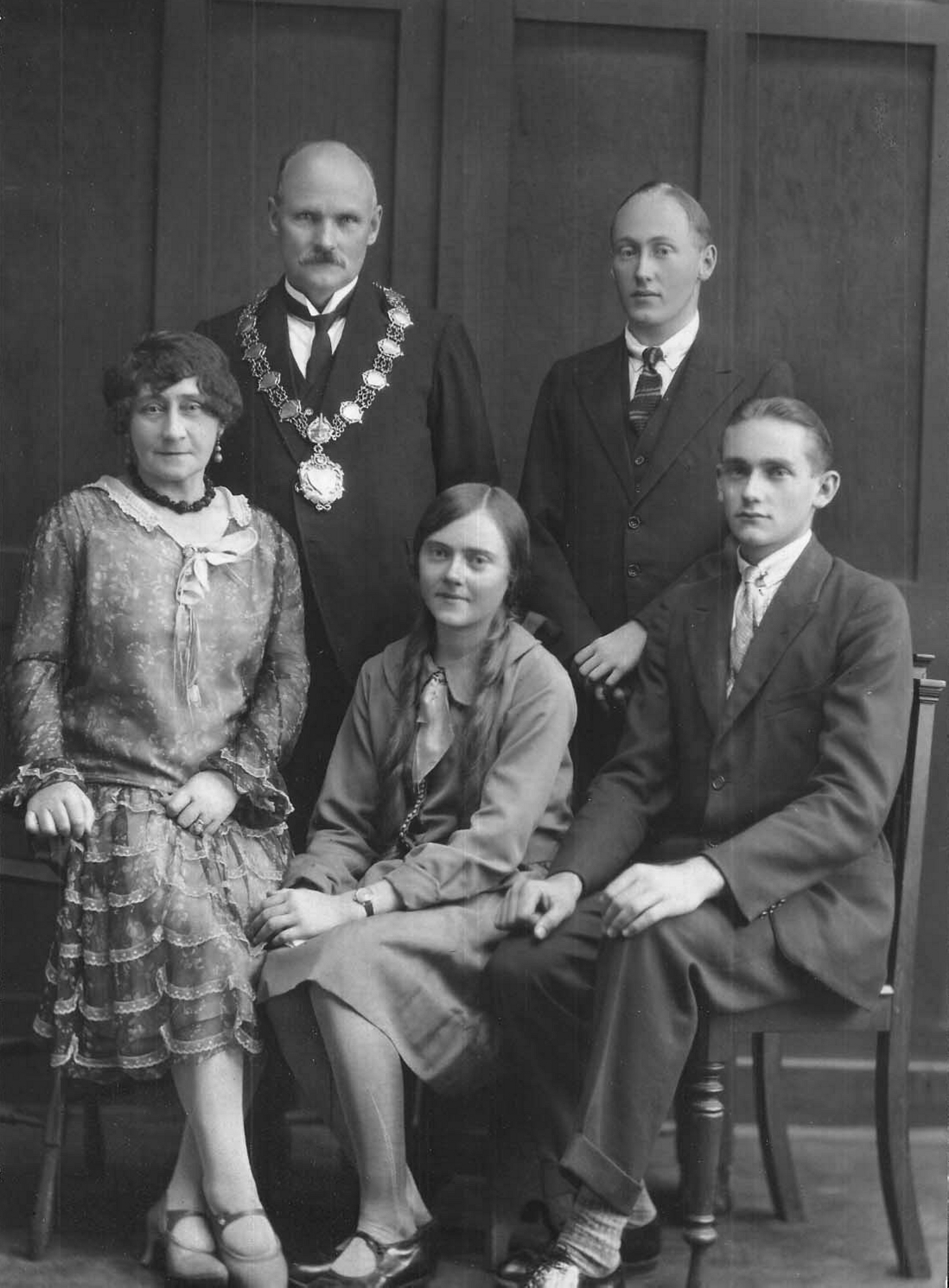
Gladysvale Cave
Fossil-rich breccia-filled hominid cave.